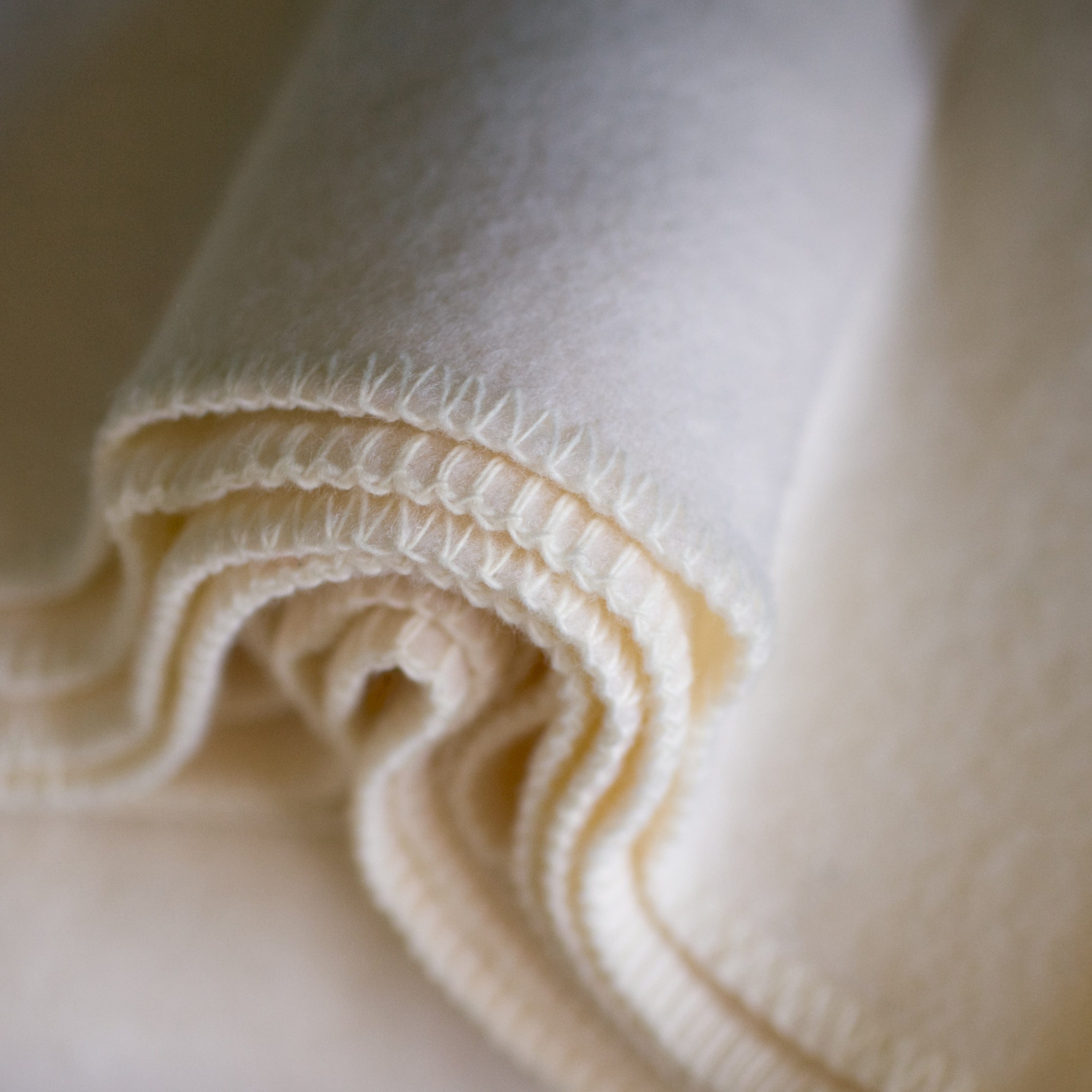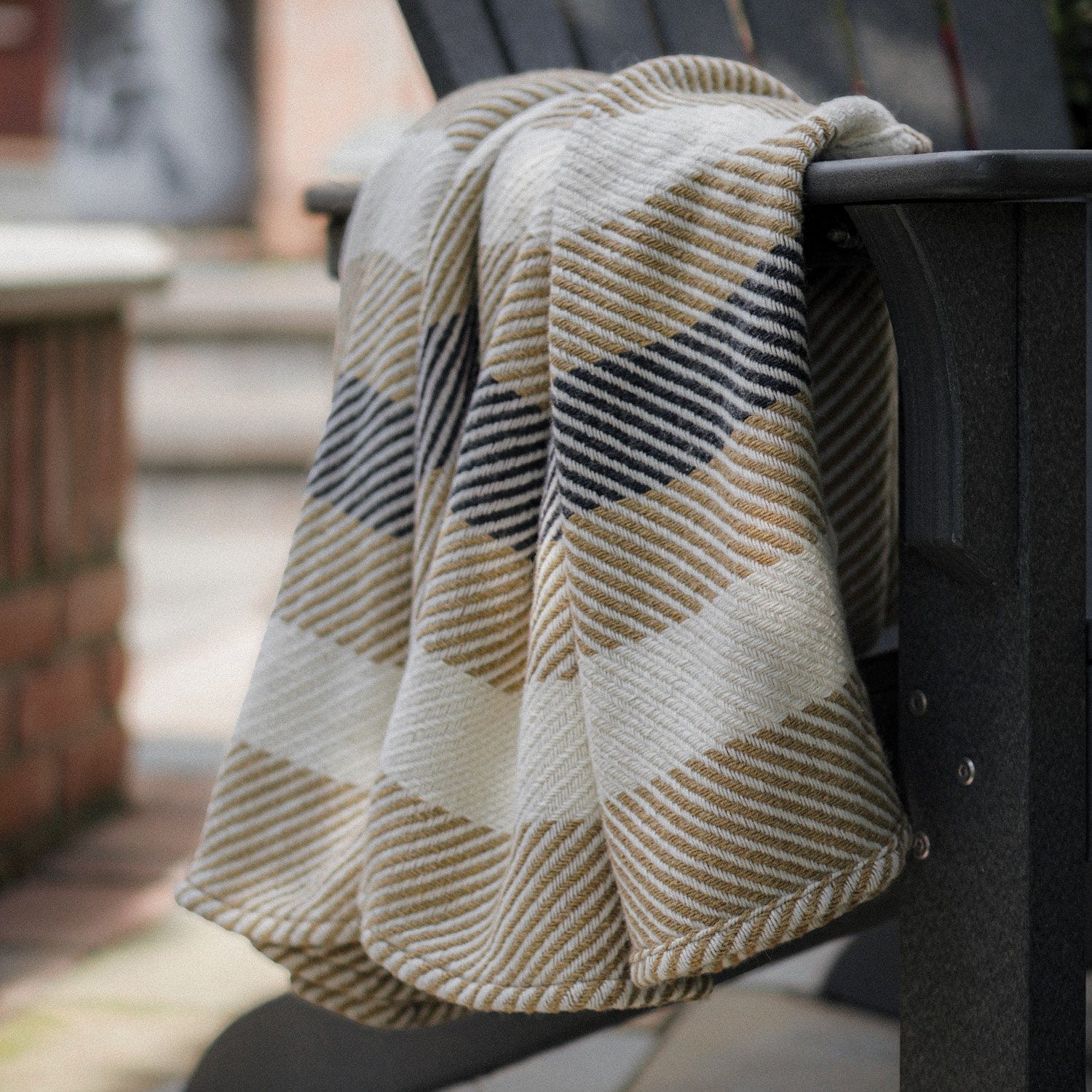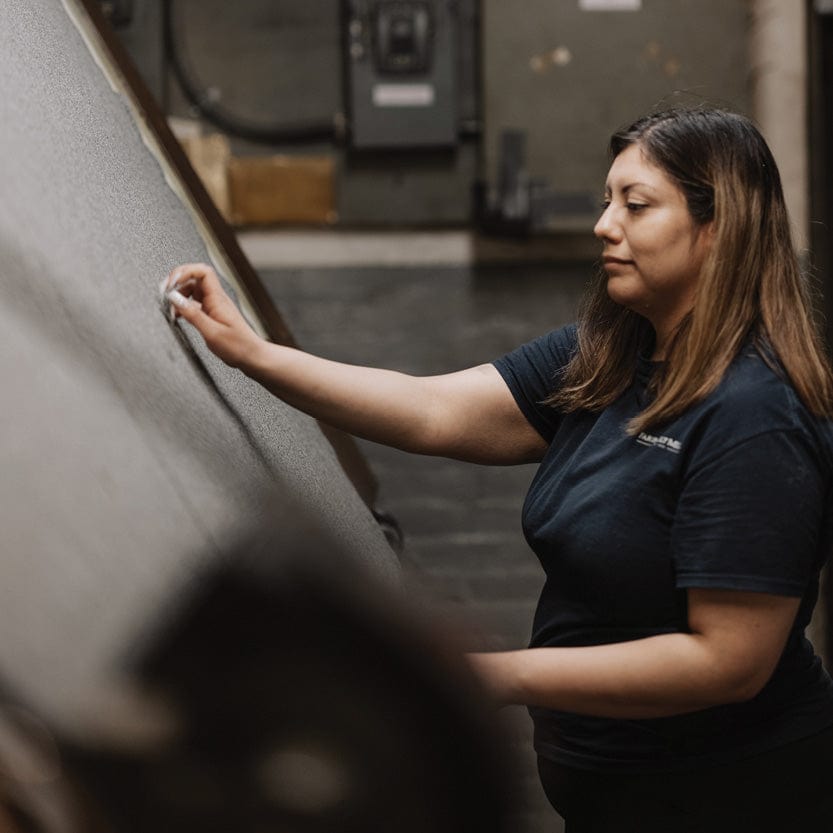The Industrial Revolution (1760-1850) began in England and spread throughout Europe and the Americas over the course of the next several decades. The Industrial Revolution did not reach America until the 1820s and began with the textile industries in the northeast. Expanding technology and the invention of new machines forever changed the way manufacturing and industry took place. The textile industry was greatly impacted by a number of new inventions such as the flying shuttle, the spinning frame and the cotton gin. But it was the invention of the Spinning Jenny by James Hargreaves that is credited with moving the textile industry from homes to factories. The move from a domestic cottage based industry to factories allowed the expansion of the Industrial Revolution from England throughout much of the world.
James Hargreaves was a weaver in Blackburn, Lancaster. Although this area was known as a major textile center, prior to the Industrial Revolution the production of cloth from raw goods took place within cottage industries. All work was done by individuals within the home and entire families were involved. Men were often the weavers while children assisted in cleaning raw materials and women spun the materials into threads or yarns. The process was time consuming and merchants wanting to meet the demand for textile goods were often frustrated by the huge gap between supply and demand. The expense involved in transporting raw materials to numerous locations, waiting for finished textiles to be made by hand and then the finished goods to be picked up and transported back to the merchant was also an incentive to search for alternatives. While the invention of the flying shuttle and later the power loom made it possible to weave materials faster, spinning of raw materials into threads and yarns was still done by hand one thread at a time. Spinners were unable to keep up with the increased demand for threads.
James Hargreaves may have designed the spinning jenny as an improvement over an earlier machine invented by Thomas High in 1763 or 1764. While never patented, High's machine used six spinning wheels that were bolted together and powered by a single large wheel. James Hargreaves' spinning jenny was said to have been designed after he saw his wife's spinning wheel knocked over and saw the spindle continue to spin. The spinning jenny used eight different spindles that were powered by a single wheel. This allowed one spinster to produce eight threads in the same amount of time it previously took to produce one.

Later versions of the spinning jenny added even more lines which made the machine too large for home use. This led the way to factories where these larger machines could be run by fewer workers. With machines and workers concentrated in one place, the transportation costs of raw materials and finished goods were greatly reduced. Factory owners also had greater control over workers and began a division of labor that had individuals responsible for different stages of the manufacturing process. This led to increased production and often a demand for workers to keep up with quotas set by the factory owners. The invention of the spinning jenny and other inventions that improved the efficiency and production of textiles was the beginning of the Industrial Revolution that shifted England, Europe, and the United States from an agrarian society to an Industrial economy.
As with all change, there were advantages and disadvantages to the use of the spinning jenny and other inventions at the time. The spinning jenny allowed more threads and yarns to be produced by fewer spinners. The early spinning jenny also produced a weaker thread than could be produced by hand so there was a decrease in quality until improvements were made to the machines and a dependable power source became available. With the use of water to power later versions of spinning and weaving machinery, quality and strength of the cloth produced was greatly improved. While many factors in England including the availability of workers along with the increased demand for textiles produced ideal conditions for the economic growth of the textile industry, without the invention of the spinning jenny, progress would have continued at a much slower pace.
A traditional story maintains that the Spinning Jenny was named after one of Hargreaves' daughters or his wife. Yet he had no daughter named Jenny and his wife was named Elizabeth. The word jenny is an old world word used as a reference to an engine. There is some indication that James Hargreaves worked with Thomas High to improve on an earlier invention of a mechanical spinning wheel and improved the design which was then named a spinning Jenny after Thomas High's daughter. Regardless of how the invention came to be named, it changed forever the way textile manufacturing was accomplished and led the way to the Industrial Revolution.
















